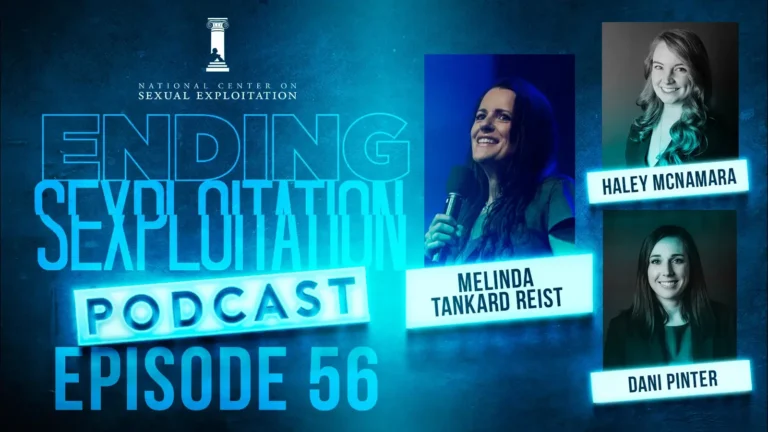Education is the key that opens doors to invaluable opportunities and possibilities. In first political statement, President Abraham Lincoln said, “Upon the subject of education… I can only say that I view it as the most important subject which we as a people may be engaged in.” Lincoln placed education on a pedestal above all else. Today’s 21st century liberal arts education is giving students more than Lincoln likely envisioned when he made that statement. Now, when a student enters university, he or she is entering a domain plagued with pornography by way of student usage and university sanctioned sex courses. The fact is that allowing access to hardcore pornography and promoting such content fuels the demand for abuse, sexual exploitation, and sexual violence.
This overwhelming presence of pornography on campuses today may be contributed to the fact that “two-thirds of college-age men and half of college-age women say viewing porn is an acceptable way to express one’s sexuality.” A study on pornography viewing showed “70 percent of 18-24 year old males visit porn sites monthly.” Pornography has not only circulated campuses through mere views. A former Oregon State University student recently shot a pornographic video inside the school’s library. The video received more than a quarter million views in just days. This incident exhibits the university’s severe lack of monitoring pornography on campus. Instead of combating sexual exploitation, abuse and sexual violence, many colleges seem to be promoting it. At Vanderbilt University, just one week after two football players were found guilty of rape, the university was set to host a “How to be Brilliant in Bed” workshop.

Many argue there is nothing wrong with actively viewing pornography and even claim that it’s healthy. However, statistics and facts prove otherwise. A survey of 487 college aged males uncovered that “the more pornography a man watches, the more likely he was to use it during sex, request particular pornographic sex acts of his partner, deliberately conjure images of pornography during sex to maintain arousal, and have concerns over his own sexual performance and body image. Further, higher pornography use was negatively associated with enjoying sexually intimate behaviors with a partner.” It is clear through research that pornography negatively affects sexual intimacy and explicitly encourages violence towards women. High use of pornography objectifies women, putting them at high risk for sexual violence.
Researchers at the University of Arkansas conducted a study where they purchased the top 25 selling pornography DVDs on the market today and rated them for the content in the videos. The study revealed that 88 percent of scenes in the most popular porn movies included physical aggression from a man toward a woman. The study also revealed that when a man hit a woman, the woman either responded with pleasure or passively complied by not responding at all 95 percent of the time. Pornography is sending the message that violence and sexual abuse toward women is acceptable.
Allowing easy access to pornography on campus puts students in danger, especially female students, and creates a hostile environment. Colleges must take action now towards reducing access to pornography. Universities can reduce pornography by filtering the internet available on campus, and available to their students, banning sex week, and discouraging abusive behaviors. A lack of action only fuels the problem.
Learn more, take action and contact universities promoting sexual exploitation on our Sex Week project page.



